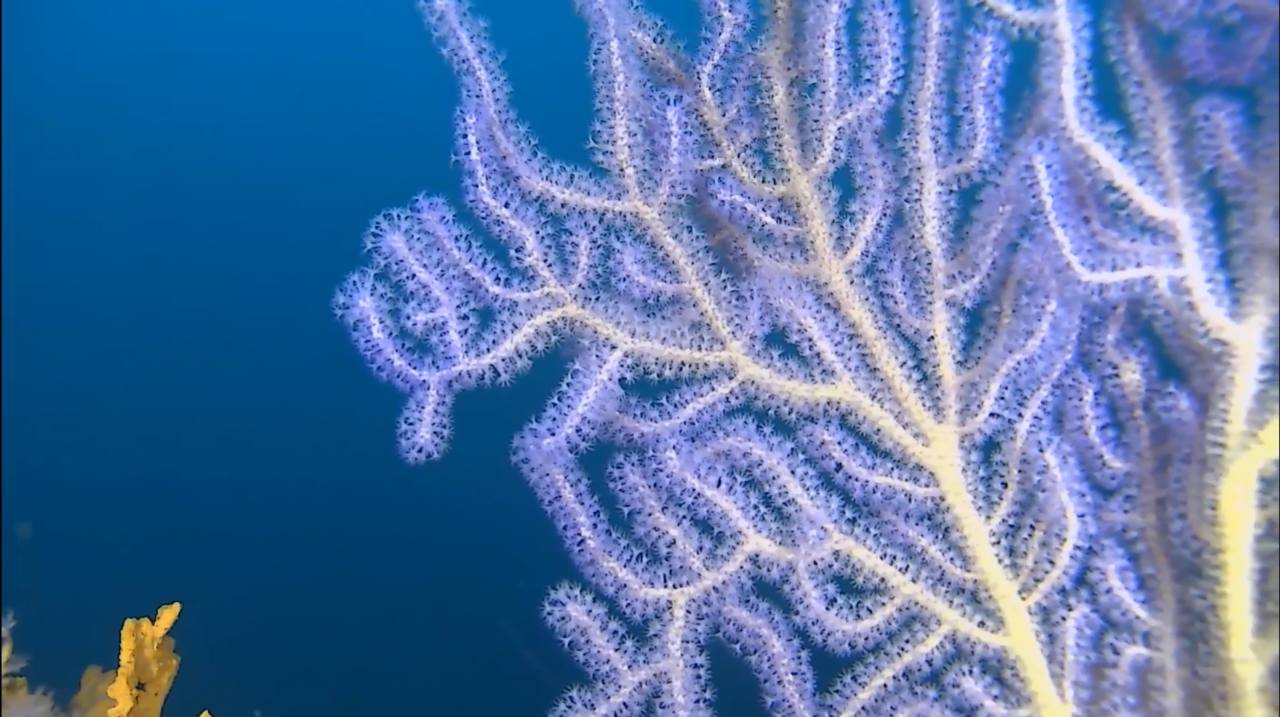The ROV named Discovery aboard China’s research vessel KEXUE (Science) has been exploring the western Pacific Ocean and Mariana Trench. Discovery collected more than 60 samples of coral, sponges, shrimp and two rare sea slugs at a depth of 970m. Sea slugs are hardly seen in deep-water (>200 meters) so this find is very unusual.
Full article at Ecns.cn 29may19


